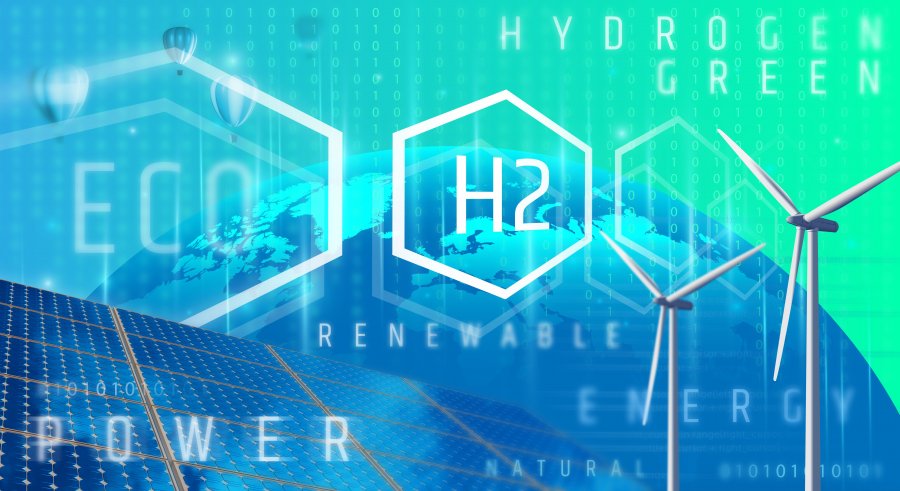A new RMI report found that China's industry and regions have the potential to install 100 GW of renewable hydrogen capacity by 2030.
Hydrogen, in particular green, is one of the most important solutions for stimulating the energy transition in heavy industry and the heavy-duty transport sector, reports H2 View.
This will be an important step towards achieving the national goal of carbon neutrality by 2060 and the implementation of the "2030 Renewable Hydrogen 100GW Roadmap".
The article noted that the RMI report analyzes in detail the current state of development of China's hydrogen industry, based on the country's Hydrogen Roadmap, which envisages the production of 200,000 tons of green hydrogen per year by 2025.
The report predicts that renewable hydrogen production in 2030 is likely to be concentrated in Northwest China, which has rich RES resources, and in North and East China, where a number of industries have high demand for hydrogen.
The RMI said it will be important to reduce the cost of various elements of the hydrogen industry through a strong, large-scale demonstration of the hydrogen valley model, as well as improving the planning conditions for local developments. And the development of the hydrogen industry will require a step-by-step approach to the maximum reduction of emissions by using various sources of hydrogen.
Ting Li, Managing Director and Chief Representative of RMI's Beijing Office, said that China, as the largest producer and consumer of hydrogen in the world, has issued a series of policy documents to strengthen the role of hydrogen in the energy system. This provoked large-scale actions by the private sector to pilot the introduction of environmentally friendly H2.
"The 100 GW target strengthens the sector's confidence in accelerating the advancement of green hydrogen and will demonstrate a strong case for driving global hydrogen development. RMI looks forward to working closely with stakeholders to accelerate the use of clean hydrogen and contribute to the global transition to zero carbon," he noted.
The article added that according to the Hydrogen Council's report on global hydrogen flows, China will become the largest market for pure hydrogen by 2050, with a demand of 200 million tons. The report identified the country as a region with cheap supply and high demand, predicting that it is likely to meet its own hydrogen demand without major imports.
Earlier, EcoPolitic wrote, that the Chinese company EPRO Advance Technology has developed a porous silicon material called Si+ that can generate ultra-pure hydrogen from a water source and act as a solid H2 generating material. The technology could be a breakthrough in the field of ecological hydrogen.
As EcoPolitic previously reported, in China, the Shanghai Chemical Industrial Park is investing over €200 million in construction of two hydrogen production plants. They will have a total production capacity of about 70,000 m3/h and will be equipped with CO2 capture and processing technology.




